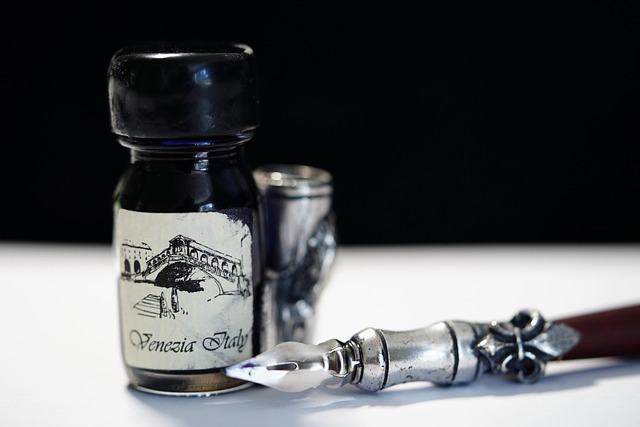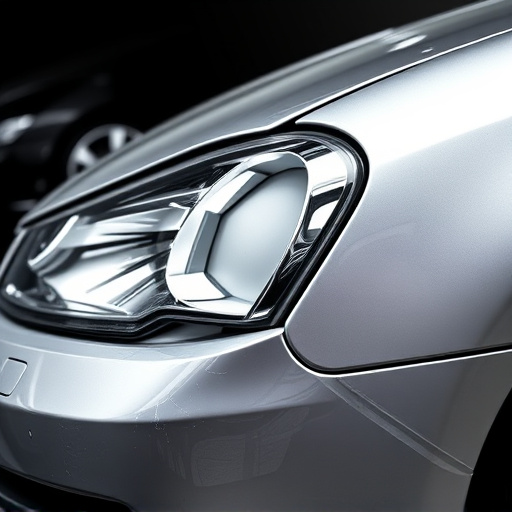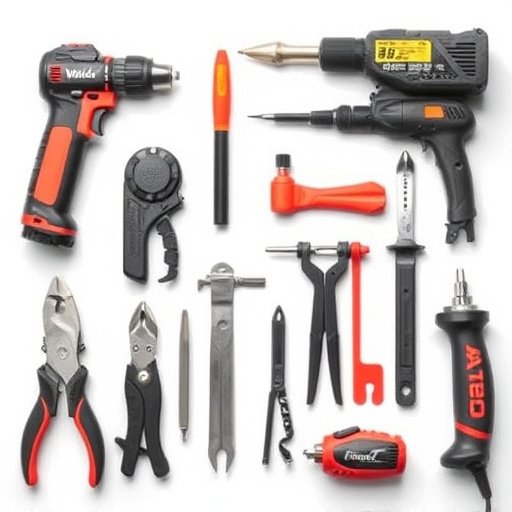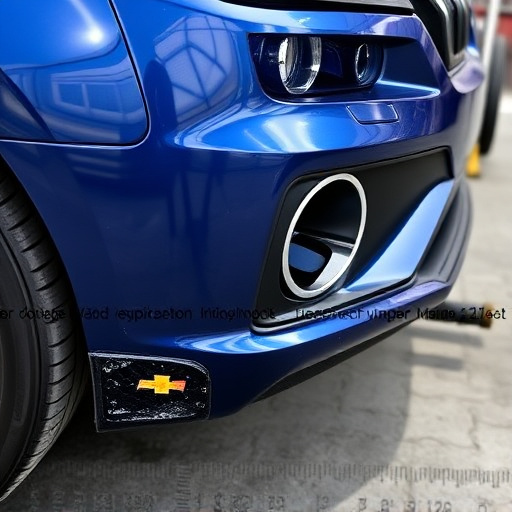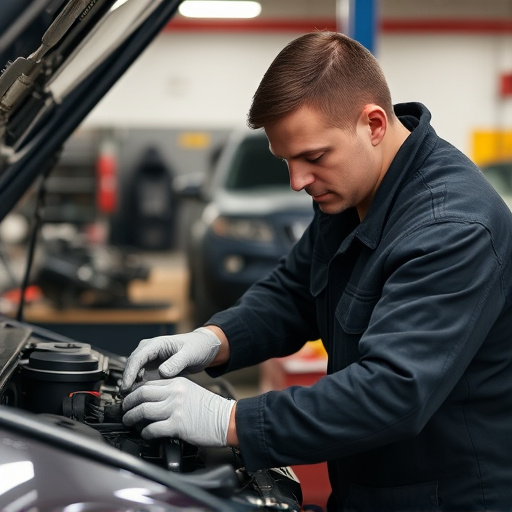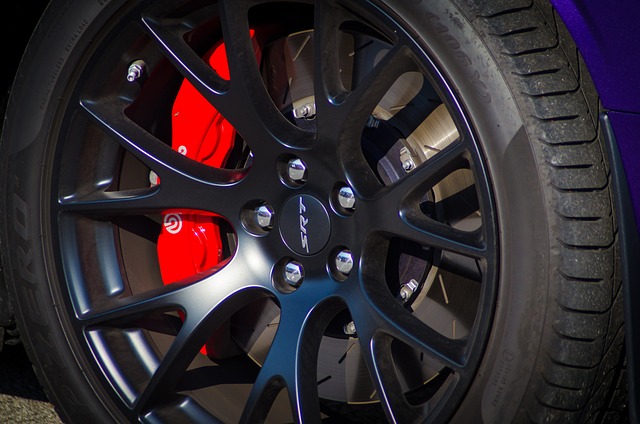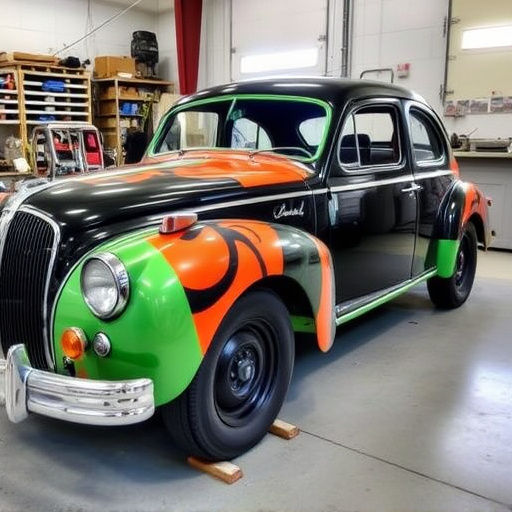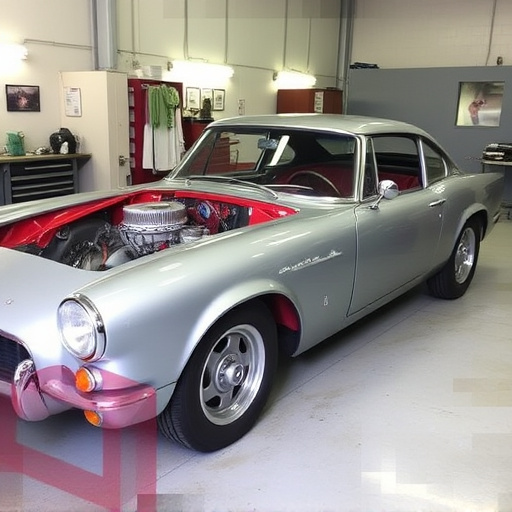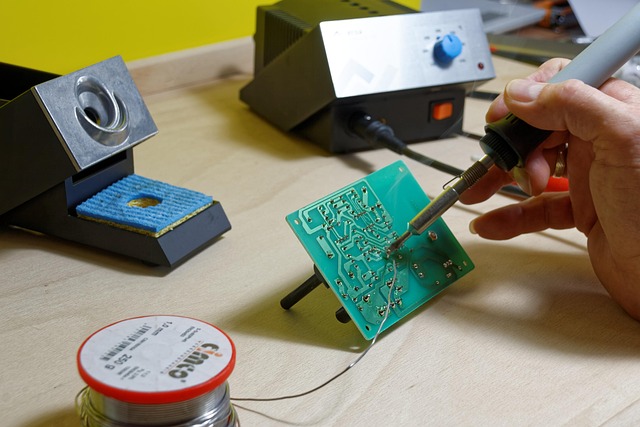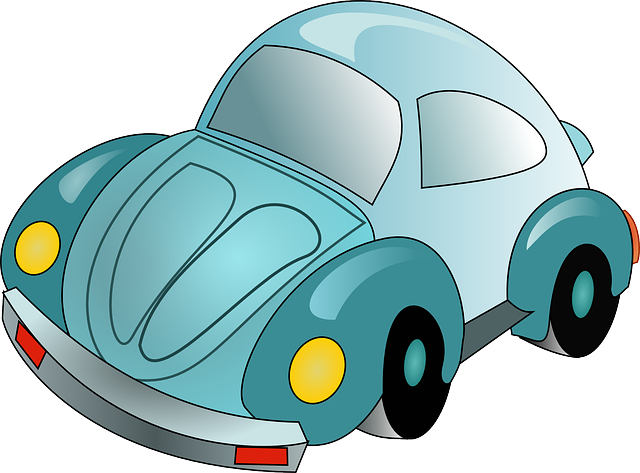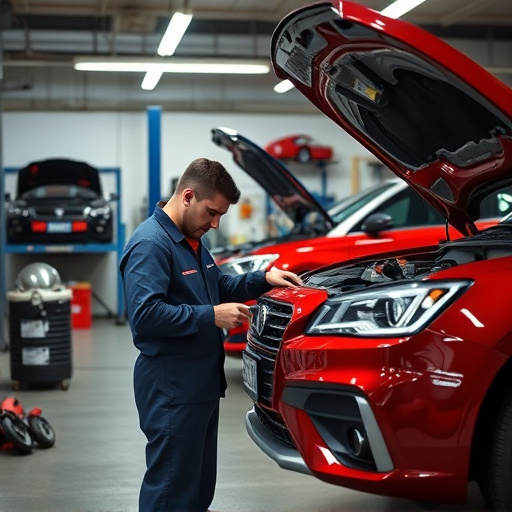SUV crash repair demands specialized knowledge and tools due to unique vehicle dynamics and complex damage patterns. Essential tools include impact wrenches, sanders, and safety gear for precise repairs maintaining structural integrity and aesthetic appeal. Restoring safety systems like airbags and sensors is crucial for peace of mind. Use genuine OEM spares and seek professional help for complex systems to ensure optimal performance and reliable driving experience post-crash.
“In the realm of automotive repairs, SUV crash repair stands out due to the unique dynamics and specific challenges it presents. This comprehensive guide aims to navigate you through the intricate process of restoring your SUV to its pre-crash condition. From comprehending the complex crash dynamics and identifying common damage patterns, to arming yourself with essential tools and materials—we’ve got you covered. Additionally, we’ll walk you through a meticulous step-by-step approach to ensuring your SUV’s safety systems are restored, prioritizing both functionality and structural integrity.”
- Understanding SUV Crash Dynamics and Common Damage Patterns
- Essential Tools and Materials for Efficient Repair
- Step-by-Step Guide to Restoring Your SUV's Safety Systems
Understanding SUV Crash Dynamics and Common Damage Patterns
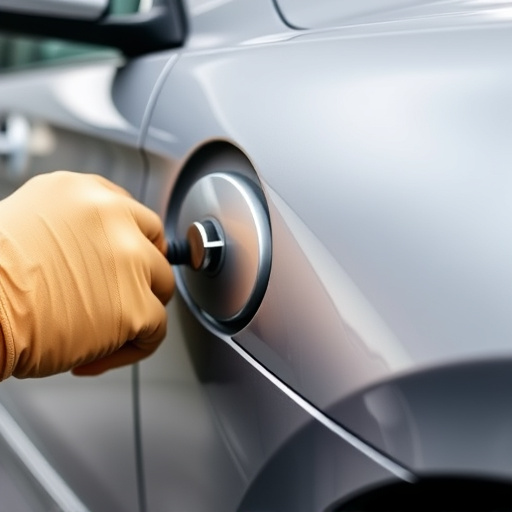
SUV crash repair requires a deep understanding of the unique dynamics and damage patterns that such vehicles experience. SUVs, with their elevated ride height, robust construction, and often larger size, exhibit distinct behavior during collisions compared to smaller cars. When an SUV is involved in an auto collision, several factors come into play. The crumple zones designed to absorb impact energy, for instance, can vary in effectiveness based on the vehicle’s design and age. Additionally, the potential for rollovers increases with SUV size, requiring specialized repair techniques to ensure structural integrity and safety.
Common damage patterns include bent or crushed frames, damaged body panels, and compromised suspension systems. The robust nature of SUVs also means that components like axles, differentials, and drive shafts can sustain significant injuries, necessitating precise and skilled auto collision center interventions. Moreover, with modern SUVs often featuring advanced aerodynamics and sophisticated interiors, repairs must not only address structural integrity but also preserve the vehicle’s overall aesthetic appeal and functionality, including essential tasks like auto glass replacement.
Essential Tools and Materials for Efficient Repair
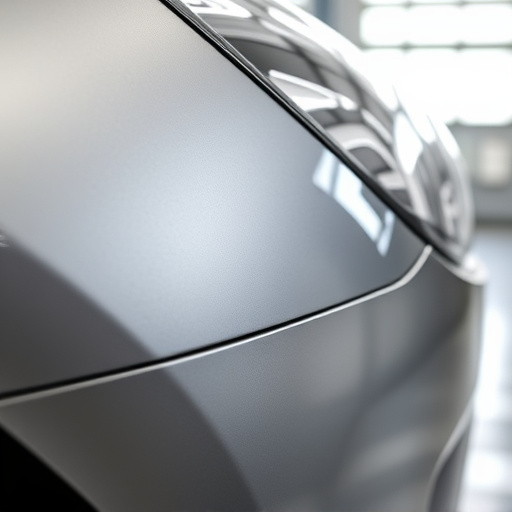
When it comes to SUV crash repair, having the right tools and materials is paramount to ensuring efficient and effective repairs. A well-stocked toolkit specifically tailored for vehicle bodywork will significantly expedite the process and maintain the integrity of your SUV’s structure. Essential items include a variety of specialized tools such as impact wrenches, pry bars, and sanders designed for delicate metalwork. Additionally, high-quality body shop supplies like Bondo body fill, primer, and paint are crucial for restoring the vehicle’s exterior to its pre-accident condition.
Beyond these basics, consider investing in a reliable set of safety gear, including gloves, safety glasses, and respirators, to protect against debris and harmful chemicals. For more complex repairs, such as bumper repair or extensive damage to the vehicle bodywork, specialized equipment like frame racks and laser measurement tools can make all the difference. These advanced body shop services not only ensure precise alignment but also contribute to a seamless, factory-like finish once the SUV crash repair is complete.
Step-by-Step Guide to Restoring Your SUV's Safety Systems
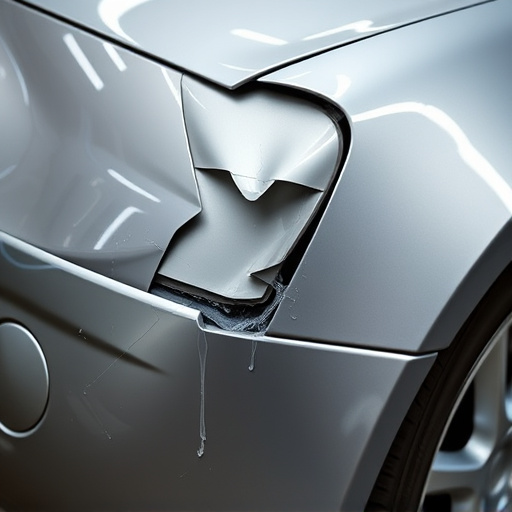
Restoring your SUV’s safety systems after a crash is crucial for both its structural integrity and your peace of mind. Here’s a step-by-step guide to help you navigate this process. Begin by assessing the extent of damage, focusing on key components like airbags, seatbelts, and collision detection sensors. Next, replace any faulty or damaged parts with genuine OEM (Original Equipment Manufacturer) spares to ensure optimal performance and compatibility.
For complex systems, consider seeking assistance from a reputable car repair shop equipped with specialized tools and trained technicians. They can accurately diagnose issues related to airbag deployment mechanisms, safety sensors, and electronic control units. Once identified, components like airbags or crash sensors should be meticulously repaired or replaced, following manufacturer guidelines for proper vehicle paint repair if needed. This ensures the safety systems function correctly in case of future collisions, providing a reliable and secure driving experience.
In the realm of SUV crash repair, a comprehensive understanding of dynamics, equipped with the right tools, and a systematic approach are keys to successful restoration. By navigating through common damage patterns and implementing efficient techniques, you can ensure your SUV returns to its safe and vibrant state. Remember that each step in the process is crucial, from assessing safety systems to meticulously repairing body panels. With the right knowledge and resources, you’re well-equipped to handle SUV crash repairs, fostering a safer and more resilient vehicle for your journey ahead.
